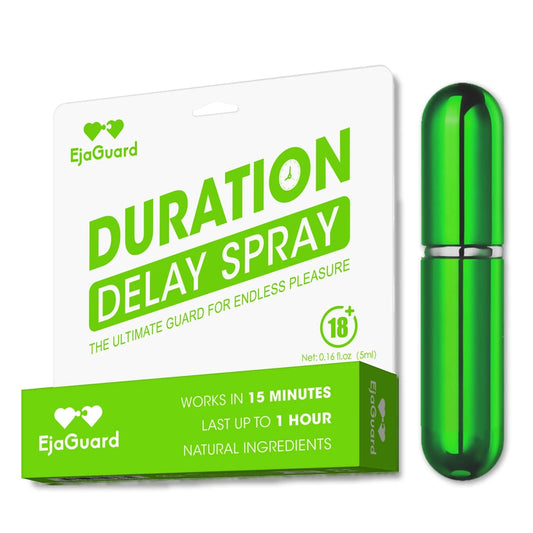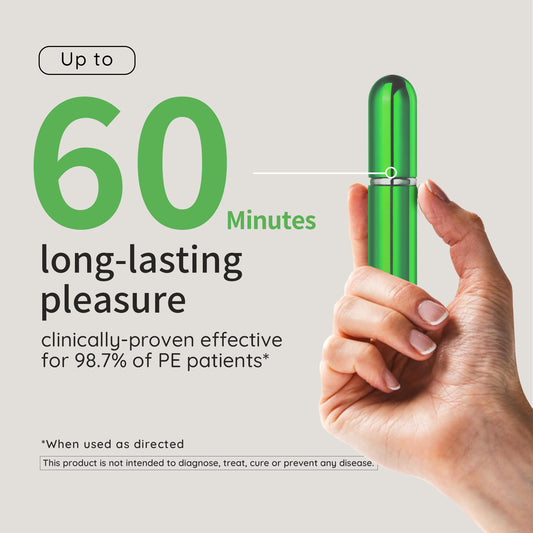Bridging the Orgasm Gap: Addressing Disparities in Sexual Satisfaction During Partnered Intimacy
The orgasm gap remains a relatively obscure issue, contributing to feelings of exclusion among women who do not experience maximal sexual satisfaction.

The sublime orgasm can be an electrifying, potent, and gratifying experience for individuals of all genders!
While the paths to reaching climax may vary, it's reasonable to assume that we all relish the ecstasy of an orgasm equally.
Yet, there exists a significant concern known as the orgasm gap, which results in women feeling overlooked in attaining the pinnacle of sexual satisfaction.
This piece will delve into the sexual behaviors of both men and women that contribute to the orgasm gap, the factors leading to fewer orgasms for women during partnered intimacy, and strategies couples can employ to bridge this divide and enhance female sexual pleasure within the confines of the bedroom.
Understanding the Orgasm Disparity
The orgasm gap denotes the inequality in orgasm frequency between couples of varying genders or sexual orientations.
A recent study examining orgasm frequency across gay, lesbian, bisexual, and heterosexual individuals revealed that heterosexual men experienced the highest rate of orgasms (95%) during sexual encounters. Conversely, heterosexual women reported the lowest orgasm frequency (65%).
What Accounts for the Lower Orgasm Frequency Among Heterosexual Women?
Referred to as the 'pleasure gap,' the orgasm disparity arises from various factors.
Primarily, a significant number of adults acknowledge limited understanding of female anatomy. Findings from a study on gynecological knowledge among college men and women reveal that fewer than half of men can accurately identify the clitoris.
When this lack of knowledge is coupled with inadequate communication regarding female sexual preferences (such as the need for extended foreplay, oral stimulation, or longer duration of intercourse), it fosters an environment conducive to the marked orgasm gap observed between heterosexual men and women.
Why Should Men Show More Concern About the Orgasm Disparity?
Whether engaging in casual encounters with new partners or maintaining long-term relationships, prioritizing your partner's sexual experience can significantly enhance overall pleasure for everyone involved. Moreover, directing attention towards a woman's pleasure can lead to a slower pace of sexual activity and prolong intercourse, creating a mutually satisfying experience for both partners.
A study examining the relationship between female orgasms and perceptions of masculinity found that men who successfully facilitated their female partner's orgasms reported higher levels of sexual confidence compared to those who did not. When women's orgasms are viewed as an affirmation of a man's masculinity, the absence of orgasms can unfortunately be perceived as a form of 'failure' or inadequacy in bed.
This emphasis on prioritizing female pleasure is not exclusive to heterosexual men; bisexual and lesbian women can also benefit from acknowledging the importance of exploring diverse methods of female pleasure to facilitate their partners' orgasms and promote long-term sexual satisfaction and enjoyment.
Ways to Bridge the Orgasm Disparity
Based on the aforementioned study, the cohort of heterosexual women who experienced orgasms more frequently tended to:
- Receive oral sex from their partner
- Have longer-lasting sexual intercourse
- Ask for what they want in the bedroom
- Have greater relationship satisfaction
- Praise their partner in bed
- Try new positions
- Act out fantasies
If you're a heterosexual woman struggling to reach orgasm during sexual intercourse, here are some practical suggestions to help you move towards a more enjoyable and fulfilling sexual experience
Understanding Sexual Desires: A Guide to Effective Communication
Open and honest communication about your sexual desires can not only lead to more enjoyable sex but also provide both you and your partner with reassurance that you're aligned in the bedroom.
Remember, our partners aren't mind readers. If there's something you enjoy during sex—a certain position, level of pressure, or angle of penetration—don't hesitate to talk about it openly. Encourage your partner to continue or adjust their actions by expressing cues like 'keep going' or 'slow down' as you feel an orgasm approaching.
Incorporate Increased Oral and Manual Stimulation
Did you know that only 18% of women can achieve orgasm through vaginal penetration alone?
Clitoral stimulation not only enhances arousal and amplifies sexual pleasure but also intensifies women's orgasms beyond those achieved through intercourse alone.
With its impressive count of 8,000 nerve endings, it's no wonder the clitoris wields such profound power!
While oral sex practices play a crucial role in facilitating female orgasm, there are alternative methods to maximize clitoral stimulation, starting with a bit of sexual education.
A lesser-known fact about the clitoris is its extensive internal structure beyond the visible external part.
To optimize pleasure and orgasm for women, stimulation of the crura of the clitoris, predominantly internal, can be achieved by penetrating the vaginal opening.
Sex therapist Vanessa Marin suggests employing this internal approach if the clitoris proves too sensitive for oral stimulation. By using one or two fingers inside the vagina, you're more likely to target the G-spot (where the crura meet the clitoral bulb), leading to an explosive climax.
Prolong Foreplay for Enhanced Sexual Pleasure
Before delving into penetrative intercourse, it's crucial to gradually escalate to heighten arousal and sexual excitement. Foreplay serves as an excellent method for achieving this, offering a stimulating and pleasurable experience for both partners.
Psychosexual therapist and professor Dr. Ruth Westheimer emphasizes the importance of foreplay, highlighting its dual physical and emotional purposes in facilitating arousal for women. While many men can become aroused at the mere thought of sex, women typically require more sensual activities such as kissing, caressing, and intimate touching to prepare their minds and bodies for sexual engagement.
Some great examples of foreplay include:
- Using a new sex toy
- Giving your partner a massage
- Acting out a sexy fantasy
- Lubing up (especially during clitoral stimulation)
- Using blindfolds and/or restraints
- Building tension through teasing or dirty talk
Eliminate the Notion of a Correct Method for Sexual Intimacy
There isn't a singular ideal method for exploring sexual intimacy with your partner. What may be effective in one sexual relationship might not suit another, and that's perfectly acceptable!
Sexologist Shannon Boodram contends that our narrow perspective on sex detrimentally affects both men and women. There shouldn't be any apprehension or stigma attached to discovering new, pleasurable sexual activities.
For instance, while anal sex can elicit intense orgasms for many women, it may still carry some societal taboo compared to what's considered 'traditional sex.'
As long as you and your partner openly communicate your desires and establish boundaries, there are countless ways to engage in sexual activity that can lead to profoundly satisfying orgasms for both of you!
Continue Even After You've Reached Orgasm
While the female orgasm often unfolds gradually over time, the male orgasm typically arrives more swiftly. However, a common issue arises when couples cease sexual activity once the man has ejaculated and lost his erection.
It's important to recognize that sex extends beyond penetration alone!
As previously mentioned, there exists a plethora of methods to engage in sexual intimacy and derive pleasure from the experience. Whether through oral stimulation, clitoral caresses, incorporation of sex toys, or indulging in extended foreplay, there are myriad ways to explore the female body and assist your partners in achieving orgasm.
Key Takeaways:
1. Orgasm frequency among women is significantly lower in heterosexual relationships compared to lesbian, bisexual, and gay male relationships.
2. While the quality of a healthy sex life cannot be solely determined by the number of orgasms experienced, it undoubtedly contributes to overall satisfaction.
3. The attainment of female orgasms is closely linked to men's perception of masculinity, suggesting that increased female pleasure leads to greater sexual fulfillment for both partners.
4. Various strategies can be employed to address this disparity, including open communication about needs, understanding female anatomy, leveraging foreplay, experimenting with new activities in bed, and prolonging female pleasure beyond ejaculation.
 Buy Now
Buy Now


